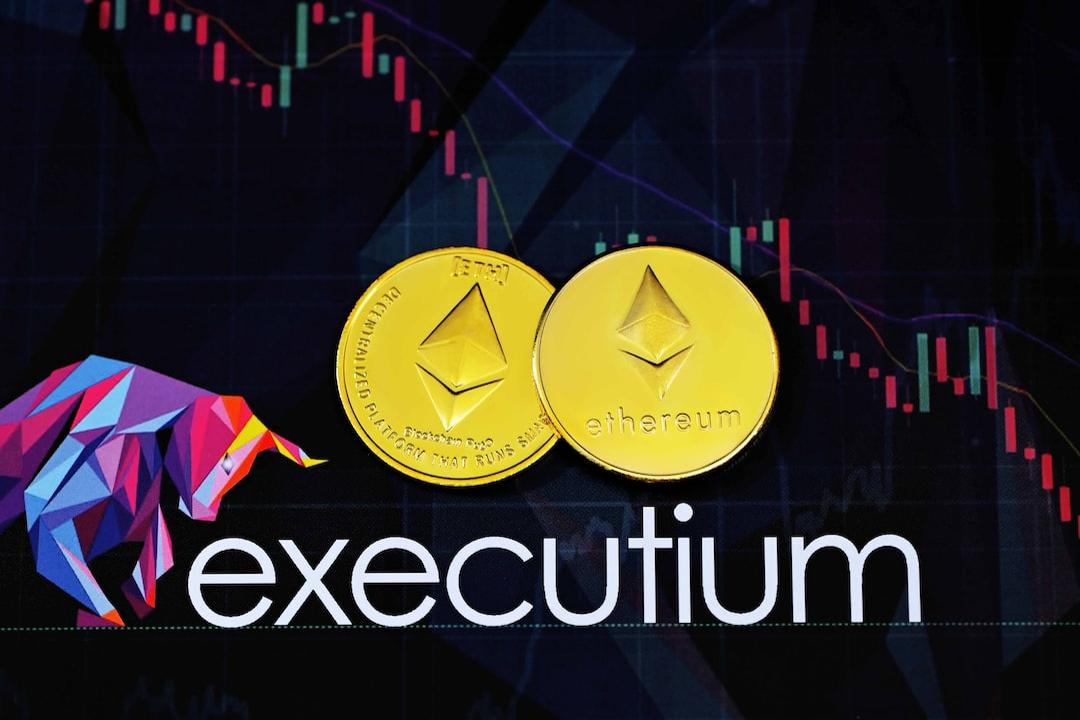Bitcoin (BTC) is entering the last week of March with a strong chance of reaching its old all-time highs. The market is showing renewed energy and is consolidating at higher levels, which could potentially lead to a return to price discovery. This is a stark contrast to last week’s bearish sentiment, which resulted in significant losses. Although there was a minor correction from the recent all-time highs of $74,000, it was relatively modest compared to previous bull market corrections. The current landscape is different, with a CME gap now forming to the downside, indicating that investors are anticipating another push towards new highs. Additionally, there is an upcoming increase in mining difficulty, which is a classic bullish signal.
Apart from Bitcoin, there are other macroeconomic triggers that could add volatility to risk assets. In this weekly analysis, we will take a closer look at all these factors and their potential impact on the near-term price of BTC.
In terms of price action, Bitcoin experienced a successful weekend for the bulls. The price gradually increased and closed the week just below $67,200 on Bitstamp, which effectively canceled out most of the recent losses. However, this closing price was $1,200 lower than the previous week. A key target to watch for is a downside gap on the CME futures markets, which often acts as a price lure that gets filled within days or even hours when the new trading week begins. Analyst Mark Cullen highlighted this gap and shared a chart showing areas of interest.
Market participants have mixed views on the strength of the Bitcoin bull market. Some traders believe that Bitcoin is overbought based on various oscillators, including the Relative Strength Index (RSI), which show “overbought” signals on two-week timeframes. However, other traders have a more optimistic outlook and point to the breakout of the downtrend in the daily RSI data. They believe that Bitcoin is ready for a pump in the next week.
Bitcoin exchange-traded funds (ETFs) in the United States are closely tied to the spot price narrative. Last week, these ETFs saw five consecutive days of net negative flows for the first time, primarily due to record outflows from the Grayscale Bitcoin Trust (GBTC). However, commentators are hopeful that ETF flows will turn positive again, leading to a return to “business as usual.” They believe that despite the net outflows from GBTC, the biggest ETF providers have retained their inflows, indicating that new buyers are not selling.
This week, the Personal Consumption Expenditures (PCE) Index will be released, which is the Federal Reserve’s preferred inflation measure. Last week, the Fed decided not to cut interest rates, but subsequent language from Fed Chair Jerome Powell sparked speculation of successive cuts before the end of the year. The latest data from CME Group’s FedWatch Tool suggests that there is a higher probability of a rate cut in May and June. Powell will speak again this week, potentially reinforcing these expectations. However, his conference appearance coincides with the Good Friday holiday, so stock markets will be closed.
Despite recent price volatility, Bitcoin network fundamentals remain strong. The mining difficulty is set to hold at or near all-time highs, and the hash rate has also reached a new record peak. Miners are preparing for the upcoming block subsidy halving, which will cut Bitcoin’s emission per newly mined block by 50%. However, some investors predict a major correction in the global hash rate post-halving as miners adjust to the new subsidy regime.
Mainstream interest in Bitcoin appears to be waning, as Google search volume for Bitcoin has decreased from its 2021 highs. However, the Crypto Fear and Greed Index still indicates “extreme greed” in the market. Statistician Willy Woo believes that the power of the Bitcoin bull market should not be underestimated, as it behaves differently from traditional financial markets during bearish periods.
Please note that this article does not provide investment advice or recommendations, and readers should conduct their own research before making any investment decisions.

